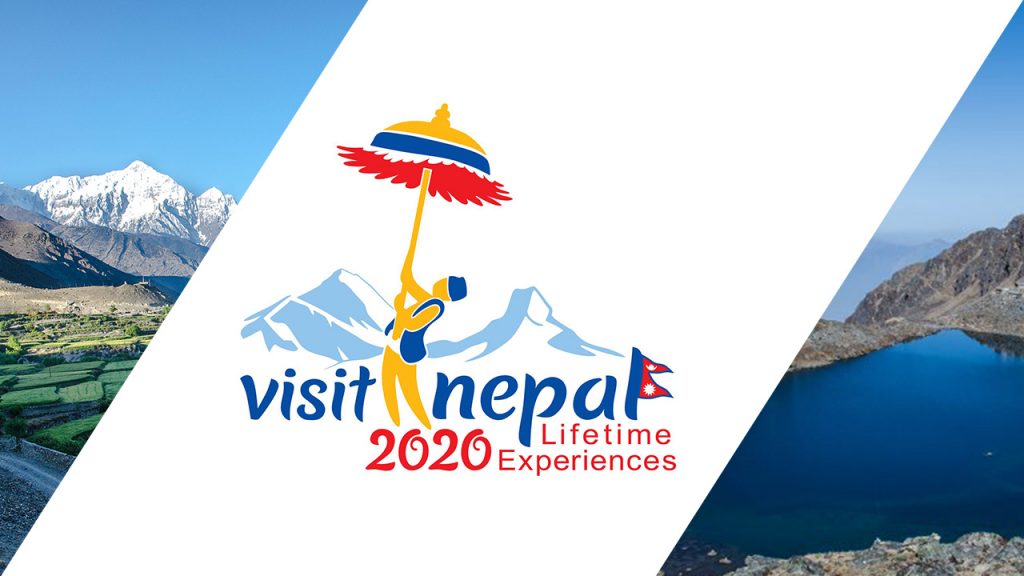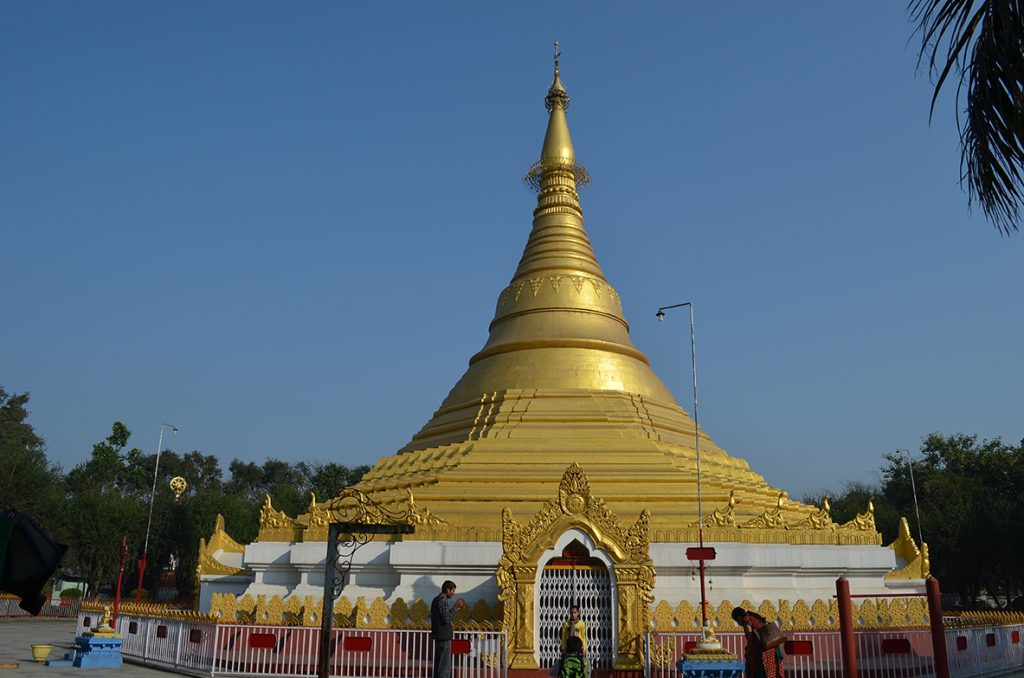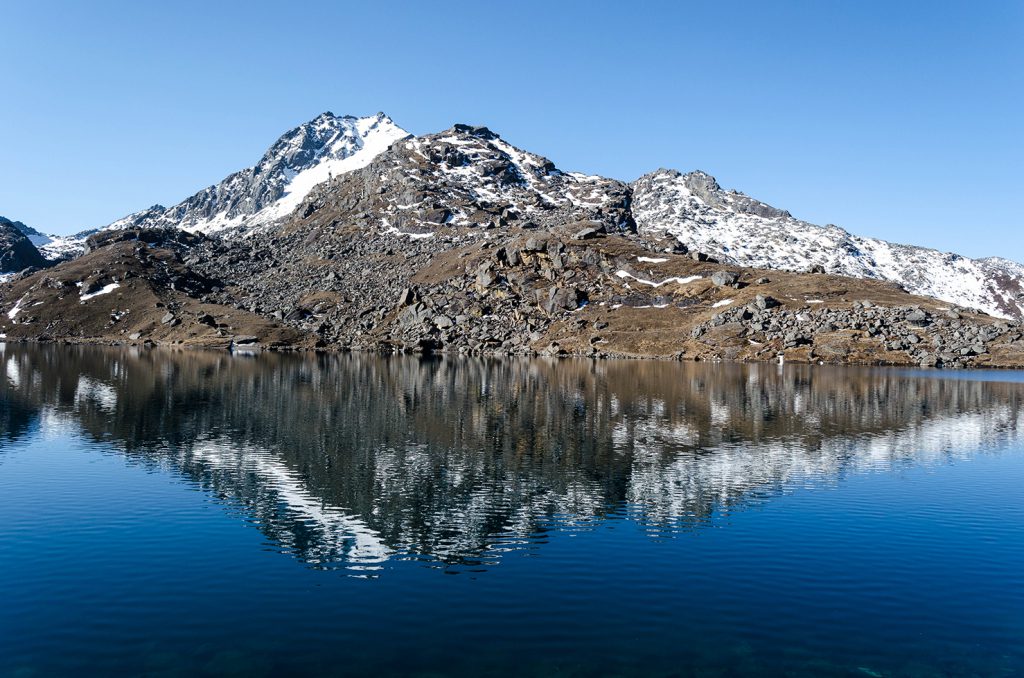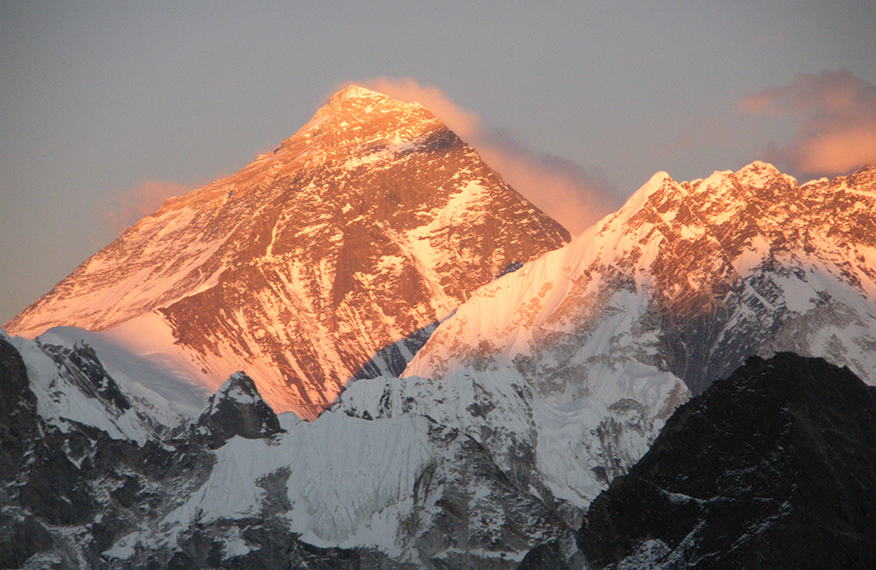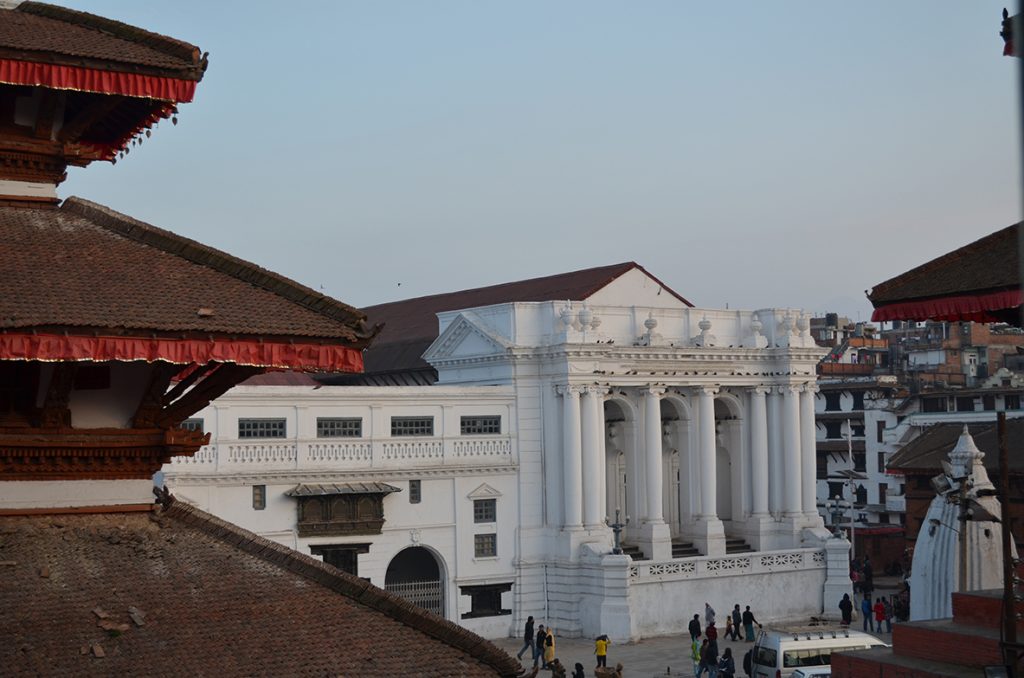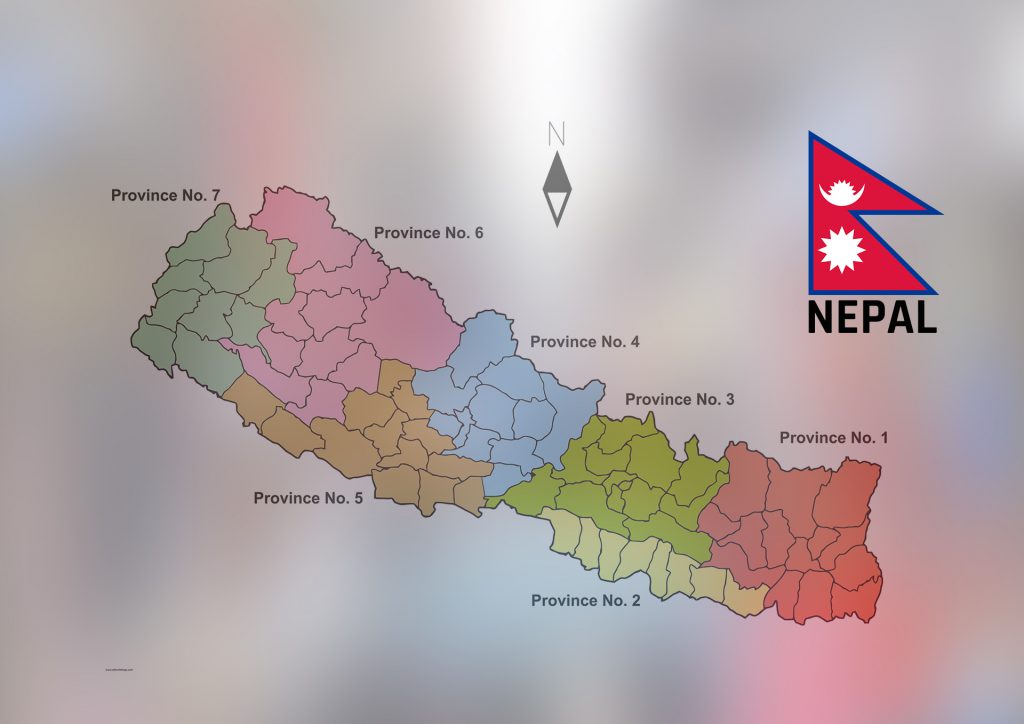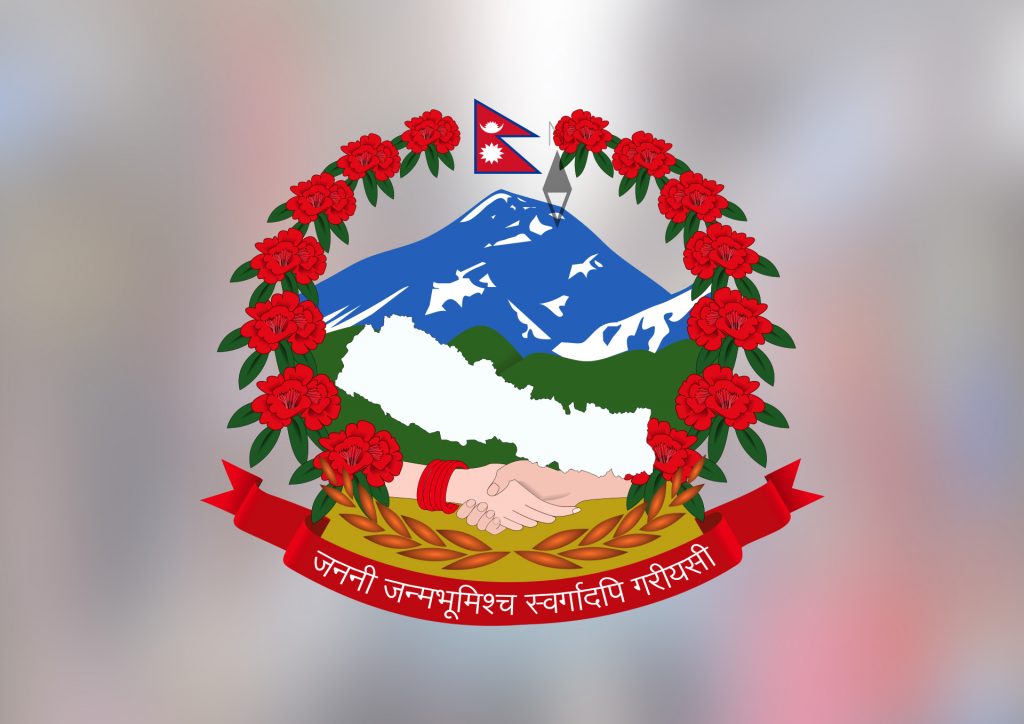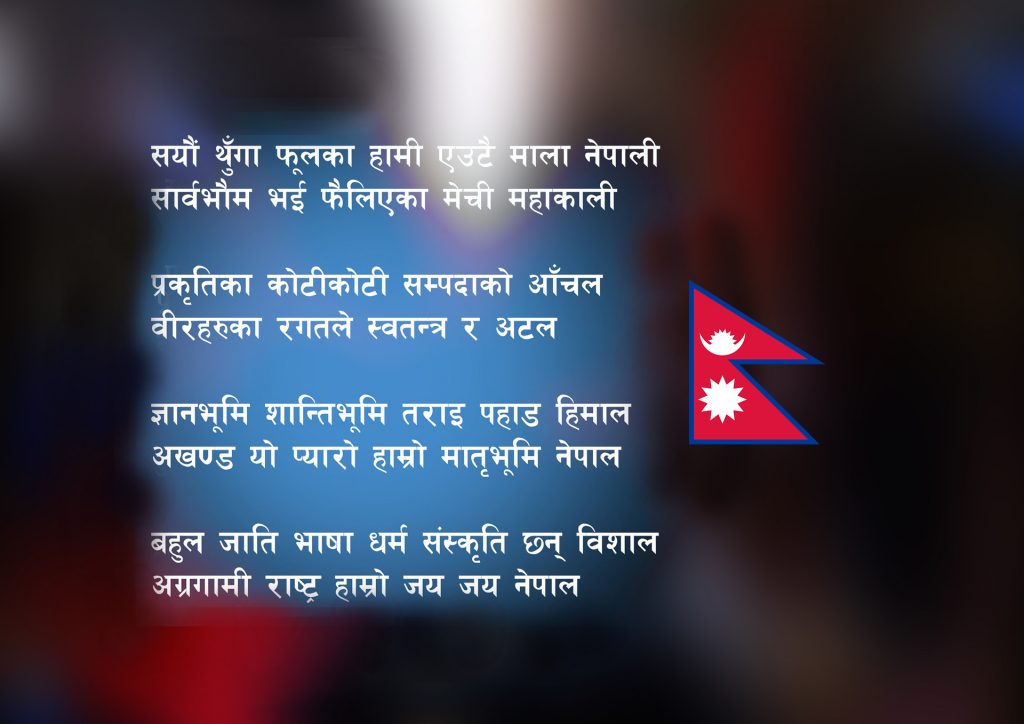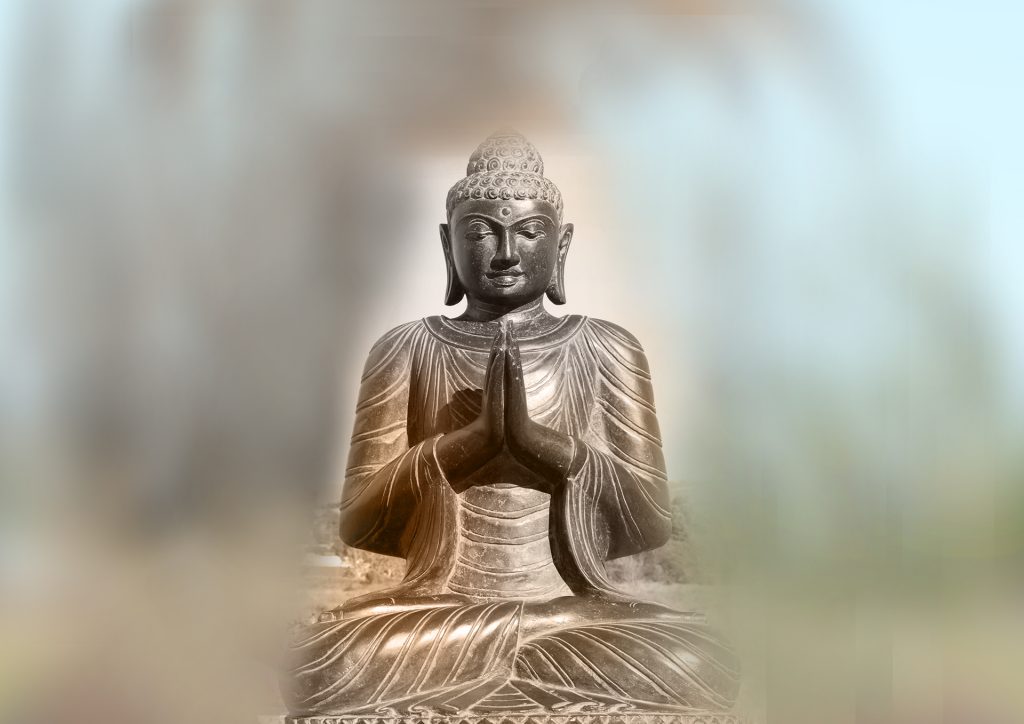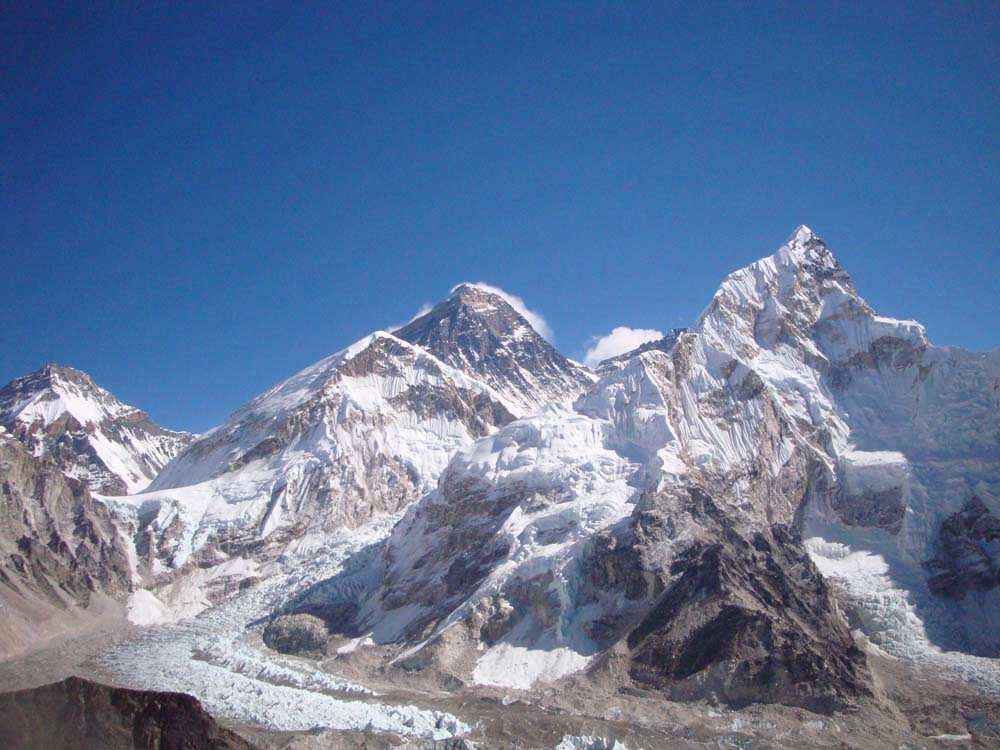
Mount Everest is the highest peak in the world with 8,848.00 meters (29,028.87 ft) high. It is located in Solukhumbu district in Mahalangur section of the Himalayas between Nepal and the Tibet Autonomous Region of China, at 27°59′ N 86°56′ E. Mount Everest trail leads to the Everest Base Camp and is one of the most beautiful trekking trails on the planet. Everest Base Camp is used to mean the two base camps on opposite sides of Mount Everest which are used by mountaineers as campsite shelters.
Native Name for Everest
Mount Everest is also known as Sagarmatha in Sanskrit and Nepali and Chomolungma in Tibetan, Zhumulangma Feng or (Wade-Giles romanization) Chu-mu-lang-ma Feng in Chinese (Pinyin).
Named for George Everest
British surveyors named Mount Everest for George Everest a Surveyor General of India in the mid-nineteenth century. British surveyor Andrew Waugh calculated the elevation of the mountain, announcing that it was the highest mountain in the world in 1856. Previously it was called Peak XV.
Meaning of the Name Mount Everest
The Tibetan name, Chomolungma means “Goddess Mother of the World” or “Goddess of the Valley.” The Sanskrit name Sagarmatha literally means “Peak of Heaven.”
Best Time to Climb Mount Everest
The climate of Mount Everest is hostile to the living beings. It is above the Death Zone where the air is too thin for a human being to live. The best time to climb Mount Everest is in early May before the monsoon season.
Two Normal Routes
Basically, there are two routes for climbing Mount Everest, the Southeast Ridge from Nepal called the South Col Route, and the Northeast Ridge or the North Col Route from Tibet.
Physical Feature
Mount Everest is composed of multiple layers of rock folded back on themselves (nappes). The rock on the lower elevations consists of metamorphic schists and gneisses, topped by igneous granites. Sedimentary rocks of marine origin are found on higher level and notable is the yellow band, a limestone formation that is prominently visible just below the summit pyramid.
The shape of the Mount Everest is like a three-sided pyramid. The three flat planes constituting the sides are called faces. The line by which two faces are joined is known as a ridge. The North Face rises above Tibet which is bounded by the North Ridge. In the West Ridge, the mountain include the Great and Hornbein couloirs and the North Col at the start of the North Ridge. The Southwest Face rises above Nepal and is bounded by the West Ridge and the Southeast Ridge. Major features of this side are: the South Col and the Khumbu Icefall, the latter a jumble of large blocks of ice that has long been a daunting challenge for climbers. The East Face or Kangshung Face also rises above Tibet and is bounded by the Southeast Ridge and the Northeast Ridge.
Expeditions to the Top of Mount Everest
In spite of extremely cold climate, low oxygen levels and danger of glaciers, every year number of people come to Everest expedition and seeks to successful climbing. On May 29, 1953, Edmund Hillary of New Zealand and Nepalese Tenzing Norgay were first to successfully step in the Mount Everest. In 1978, Reinhold Messner and Peter Habeler were the first to climb Mount Everest without supplemental oxygen. In 1980 Reinhold Messner made the first solo ascent, which was via a new route on the mountain’s north side. More than 2000 people have successfully climbed the Mount Everest. Pasang Lhamu Sherpa is a Nepali Sherpa mountaineer who was the first woman to reach the summit of K2 on 22 April 1993 and become a first woman mountaineering instructor.
Permit and Cost
The cost to climb Mount Everest is substantial. The permit from the government of Nepal can run from $10,000 to $25,000 per person, depending on the number in a group of climbers. In addition to permitting cost government charges for equipment, Sherpa guides, additional permits, helicopters, and other essentials. Today the line to the summit of the Mount Everest looks like a line way to the Disneyland. Mount Everest has attracted many tourist every year because of its mesmerizing natural beauty, massive trekking and hiking appeal.

